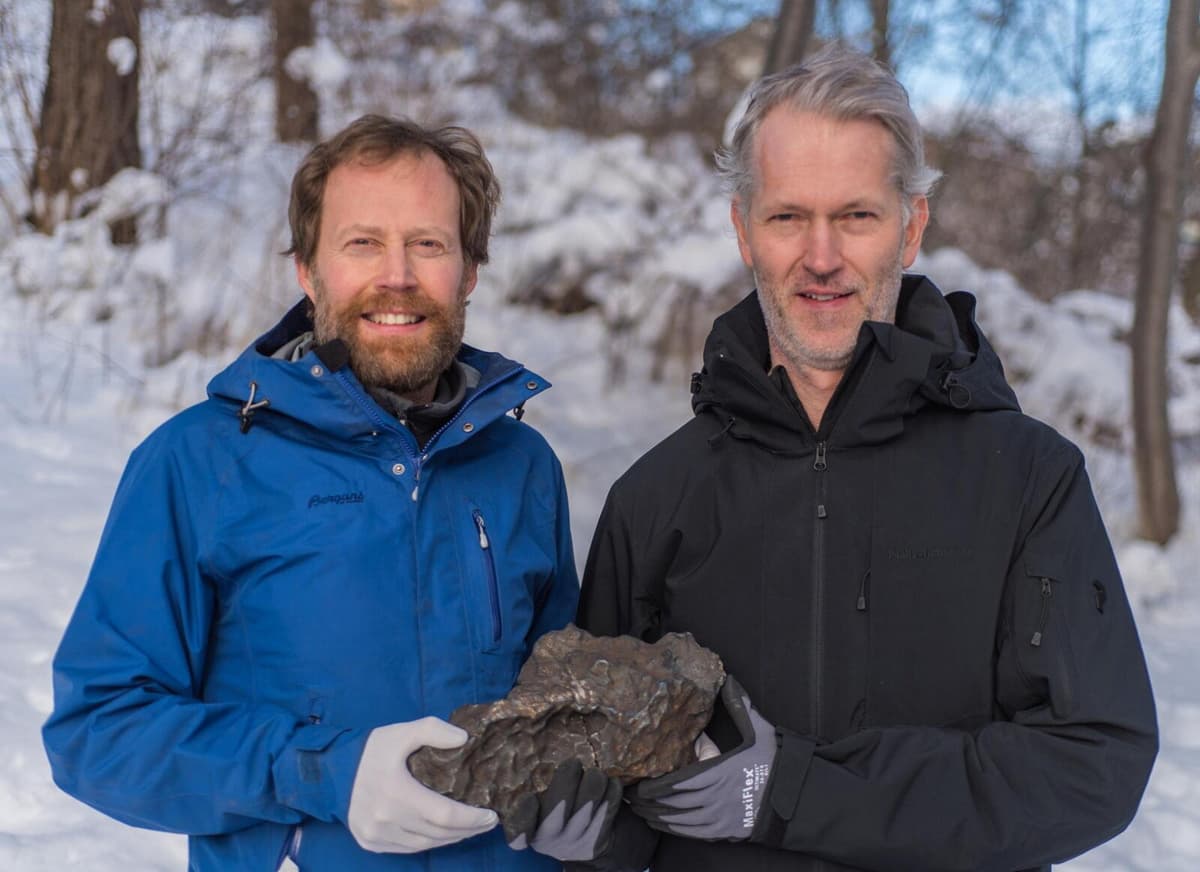Geologists Andreas Forsberg and Anders Zetterqvist found the stone in 2020 after a meteorite fall and left it to the Natural History Museum for storage. But the landowner, Count Johan Benzelstierna von Engeström, believed that the stone belonged to him since it had struck his property and the matter became a legal dispute.
Now the Supreme Court has made its judgment and states that the stone is movable property and thus belongs to the finders.
"The meteorite that fell on the property outside Enköping therefore did not belong to the property owner. The geologists who found the meteorite had the right to take it with them," writes the Supreme Court.
Real property
The geologists won over the landowner in the district court but lost in the court of appeal, which considered the meteorite to be real property and that the landowner had the right to it. The Supreme Court thus makes a different assessment.
"A meteorite differs from stones and other such material that constitutes components of real property. It is unique in terms of its properties and because it comes from space," writes the Supreme Court.
"The starting point should therefore be, according to the Supreme Court, that a meteorite does not constitute a component of the real property it has landed on."
High scientific value
The court adds, however, that this does not exclude that a meteorite can become an integrated part of the earth and thus also real property.
The Natural History Museum hopes to be able to keep the meteorite in its collections and will initiate a discussion with the owners.
"The meteorite has a high scientific value and is of great public interest. It would be very nice to be able to exhibit it and make it available to the public," writes Dan Holtstam, deputy head of the museum's geoscience unit, in a press release.





